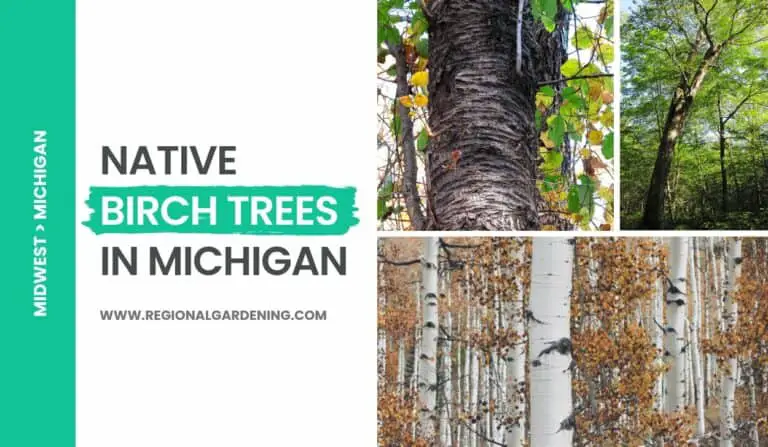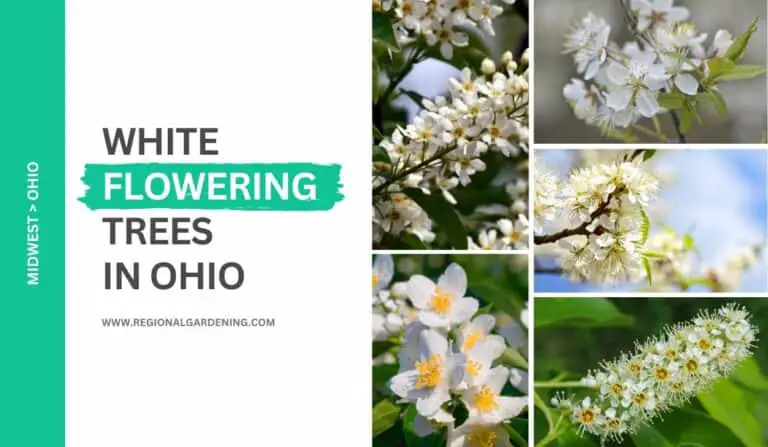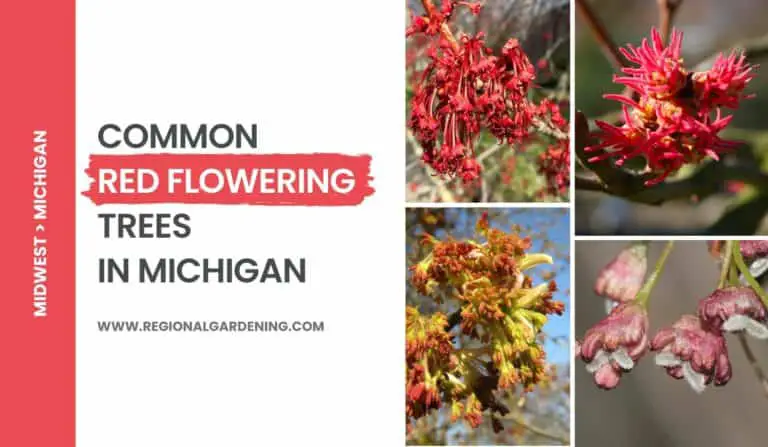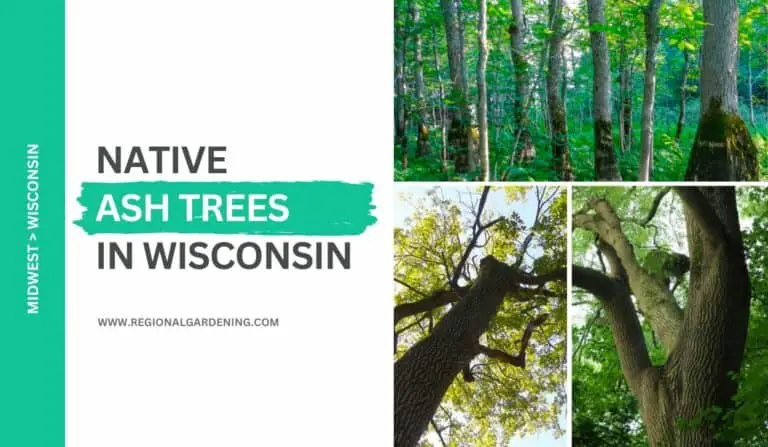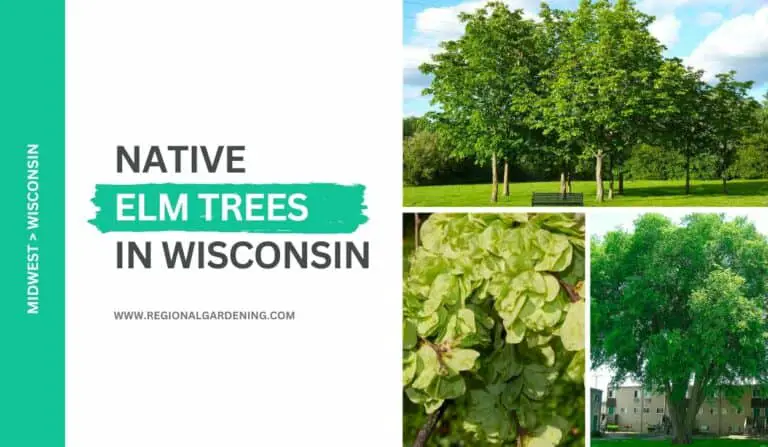3 Native Elm Trees In Minnesota (Photos & Identification)
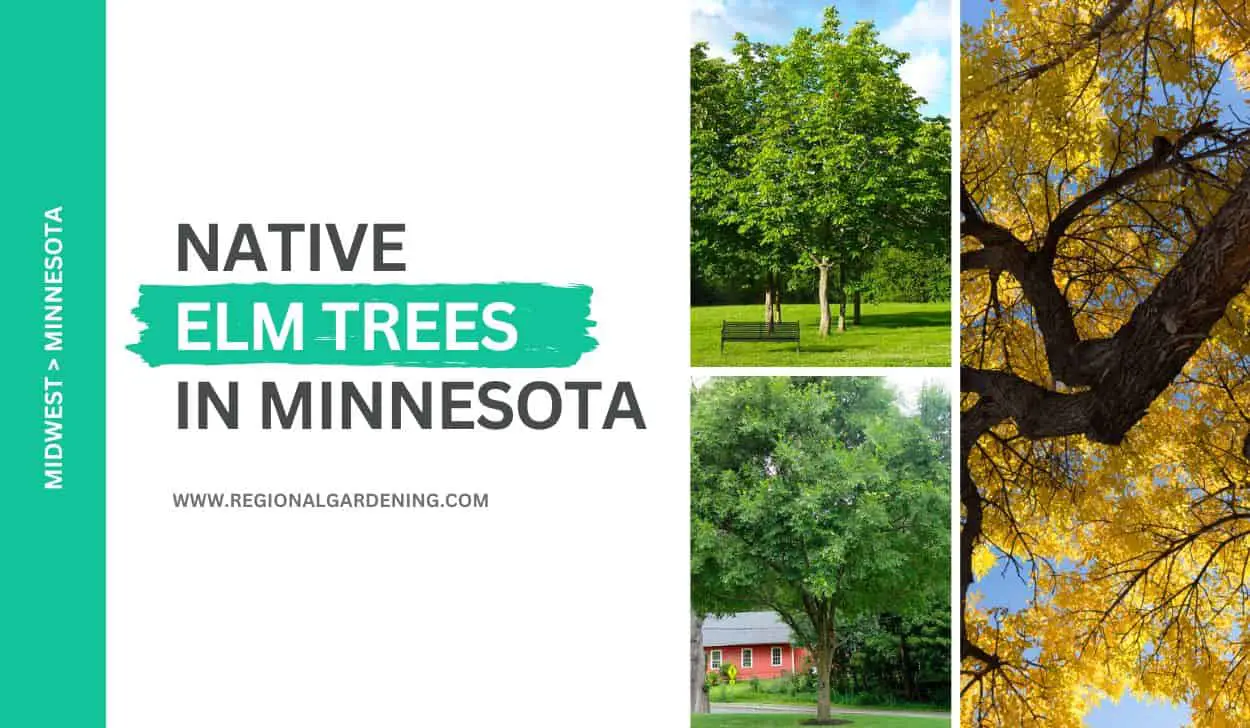
If you live in Minnesota, you are probably aware that American elm trees have long been an important part of the state’s natural ecosystem. However, did you know that the state is also home to a few other elm species?
These trees, with their imposing stature and graceful branches, not only provide shade and beauty but also numerous ecological benefits.
In this article, I will walk you through the three native elm trees in Minnesota along with their detailed descriptions regarding identification, growing habits, native range, and distribution.
So, let’s begin.
1. Rock Elm
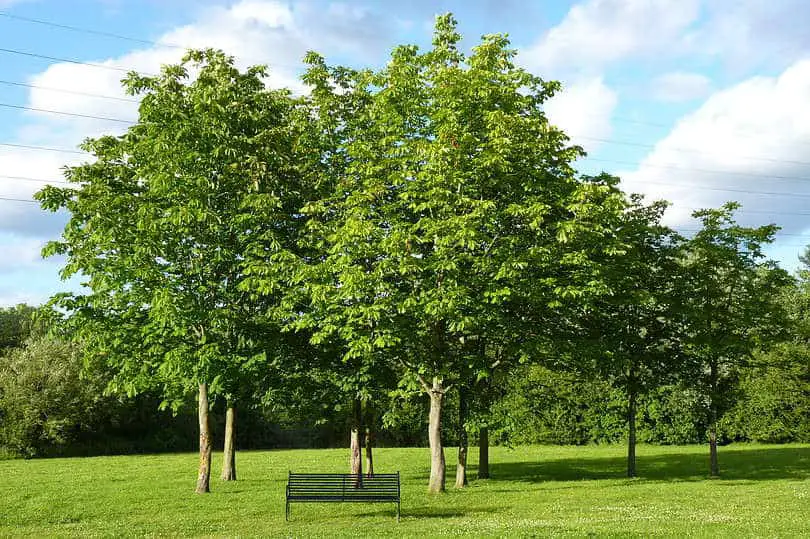
- Common Name: Rock Elm
- Scientific Name: Ulmus thomasii
- Mature Height: 80 to 100 feet
- Native/Non-Native: Native
- Flowers/Cones: Wafer-like fruit
- Uses: Shade tree and wood used for furniture and tool handles
Rock Elm is a huge, strong tree that can reach heights of 100 feet. It has a conical appearance due to its straight trunk and long and beautiful branches. The bark is roughly an inch thick and ash-gray in color, broken into broad, flat ridges by deep fissures.
The Rock Elm’s leaves are similar to those of the American Elm, but they are smaller, more regular in shape, and smoother on both sides. They also have a more leathery texture.
The Rock Elm fruit is wafer-like, about one inch long, and contains one seed. It has a slightly notched outer edge and ripens in the early summer. The tree is often found on bottom lands in the state’s eastern and south central regions, particularly in the Minnesota River Valley, and it can be found as far north as Clearwater County.
The native Rock Elm tree provides good shade. Its wood is also employed in the manufacture of furniture and tool handles. Its strong, solid trunk and exquisite branches lend a lovely touch to any scene.
2. American Elm
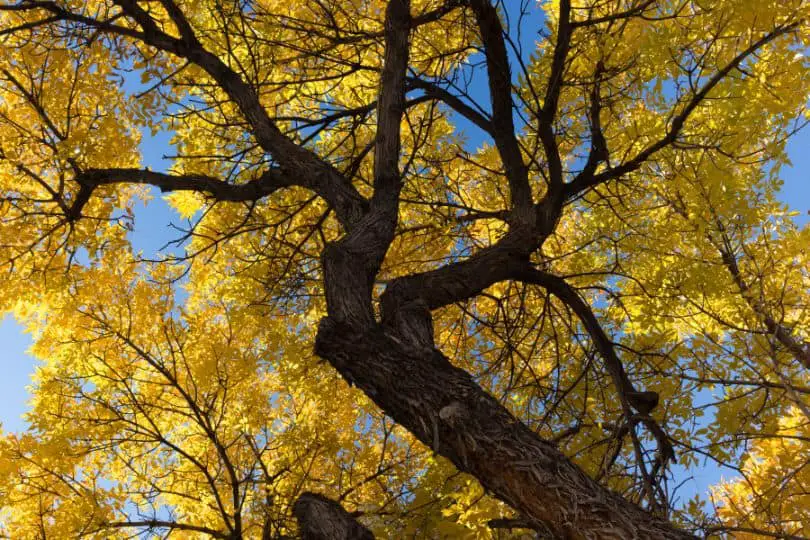
- Common Name: American Elm
- Scientific Name: Ulmus americana
- Mature Height: 80 to 90 feet
- Native/Non-Native: Native
- Flowers/Cones: Winged fruit
- Uses: Saddle trees, boats, ships, furniture, barrel staves and hoops, baskets, and crates
American elms are the most common elm trees in Minnesota. It is a huge tree that can grow to be up to 90 feet tall and has large spreading branches with drooping ends, giving it a lovely shape.
The bark of the American Elm is dark green and irregularly split into hat-topped, thick ridges. The bark of elderly trees can flake off in flakes.
The leaves of the American Elm are alternate and range in length from 4 to 6 inches. They are thick, one-sided, and double serrated on the margin, with highly noticeable veins running parallel lines from the midrib to the leaf’s edge.
The American Elm fruit is winged, light green, round, and wafer-like in appearance. Wings completely encircle the middle seed section, with the tips of each wing sharply notched. The wind widely disperses the seeds after they grow in clusters and ripen in the spring.
The wood of the American Elm tree is light brown, hefty, robust, sturdy, and tough. It is, however, subject to Dutch Elm disease. Saddle trees, boats and ships, furniture, barrel staves and hoops, and veneer for baskets and boxes are all made from it.
The American Elm tree is very widespread across Minnesota, but it is particularly numerous in rich bottomlands in the state’s southern half.
3. Slippery Elm
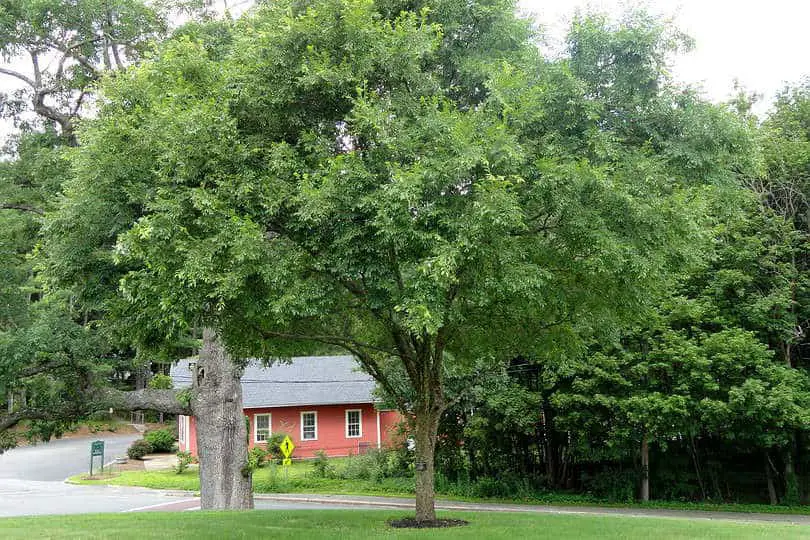
- Common Name: Slippery Elm
- Scientific Name: Ulmus rubra
- Mature Height: 40 to 65 feet
- Native/Non-Native: Native
- Flowers/Cones: Seed surrounded by thin, broad, greenish wing
- Uses: Medicine, fence posts, dock pilings, and boatbuilding.
Slippery Elm is a huge, native tree that can grow up to 65 feet tall and 24 inches in diameter. Its branches frequently spread at right angles from the stem, forming a broad, open, and flat-topped head. Slippery Elm bark is often dark greenish-brown and up to an inch thick, with small fissures that form flat ridges.
The leaves of the Slippery Elm are alternating on the stem and range in length from 4 to 6 inches. They are ovate with a sharp apex, asymmetrical at the base, and have double-toothed edges. They are thick and rough on both sides, with a dark green color that fades to a yellowish color before falling.
Slippery Elm also bears small fruit with a seed surrounded by a thin, broad, greenish wing that ripens when the tree’s leaves are half-developed.
Slippery Elm has a wide distribution and is common in the southern half of the state, particularly in the Big Woods. Its inner bark has been used to manufacture medicine to treat sore throats, coughs, and stomach problems.
Elm Trees In Minnesota – Frequently Asked Questions (FAQs)
Let’s take a look at some of the most frequently asked questions related to native elm trees in Minnesota.
What types of elm trees are in Minnesota?
There are several types of elm trees found in Minnesota. The American Elm, which is native to the state and can grow up to 100 feet tall with a classic vase-shaped canopy, is the most common type. Slippery Elm has a more upright and compact canopy than American Elm and is known for its medicinal properties. The Rock Elm, also known as cork elm, is a native Minnesota tree that can grow up to 70 feet tall.
It is important to note that all types of elm trees in Minnesota are susceptible to Dutch Elm Disease, a fungal infection that has decimated elm populations throughout the state and the United States.
Where can I find elm trees in Minnesota?
Elm trees can be found all over Minnesota, but they are most common in cities, parks, and along streets. They prefer moist, well-drained soils but can grow in a variety of soil types.
American elm trees are particularly common in Minnesota, where they can be found in many cities and towns. Slippery elm trees are becoming less common, but they can still be found in some areas, particularly in the state’s south. Siberian elm trees are not native to Minnesota, but they are commonly planted as ornamental trees and can be found in many urban areas. Native to Minnesota, rock elm trees can be found in forested areas and along riverbanks.
Are there slippery elm trees in Minnesota?
Yes, slippery elm trees are present in the state, and in fact, they are one of the native elm trees in Minnesota. They are becoming less common, but can still be found in some areas of the state, particularly in the south.
Similar Articles
- Native Flowering Trees In Minnesota
- Native Pine Trees In Minnesota
- Native Oak Trees In Minnesota
- Native Maple Trees In Minnesota
- Native Aspen Trees In Minnesota
- Native Ash Trees In Minnesota
- Native Birch Trees In Minnesota
- Native Cherry Trees In Minnesota
- Native Spruce Trees In Minnesota
- Native Hickory Trees In Minnesota
- Native Cedar Trees In Minnesota
Sources
The Regional Gardening team makes sure that the information in our articles is accurate by only using sources that are known to be trustworthy. Some of these sources are peer-reviewed journals from government agencies, well-known universities, and scientific research organizations.
- Minnesota’s Native Trees, Department of Natural Sciences, Minnesota State.
- Forestry Division, Minnesota State.
- Yard And Garden, University of Minnesota Extension
- Native Plants, University Of Minnesota Extension
- Select Trees And Shrubs For Minnesota Landscapes, University of Minnesota Extension
- Trees and shrubs for pollinators, University of Minnesota Extension
- Department Of Agriculture, Minnesota State
- Dutch Elm Disease, Minnesota Department of Agriculture.


